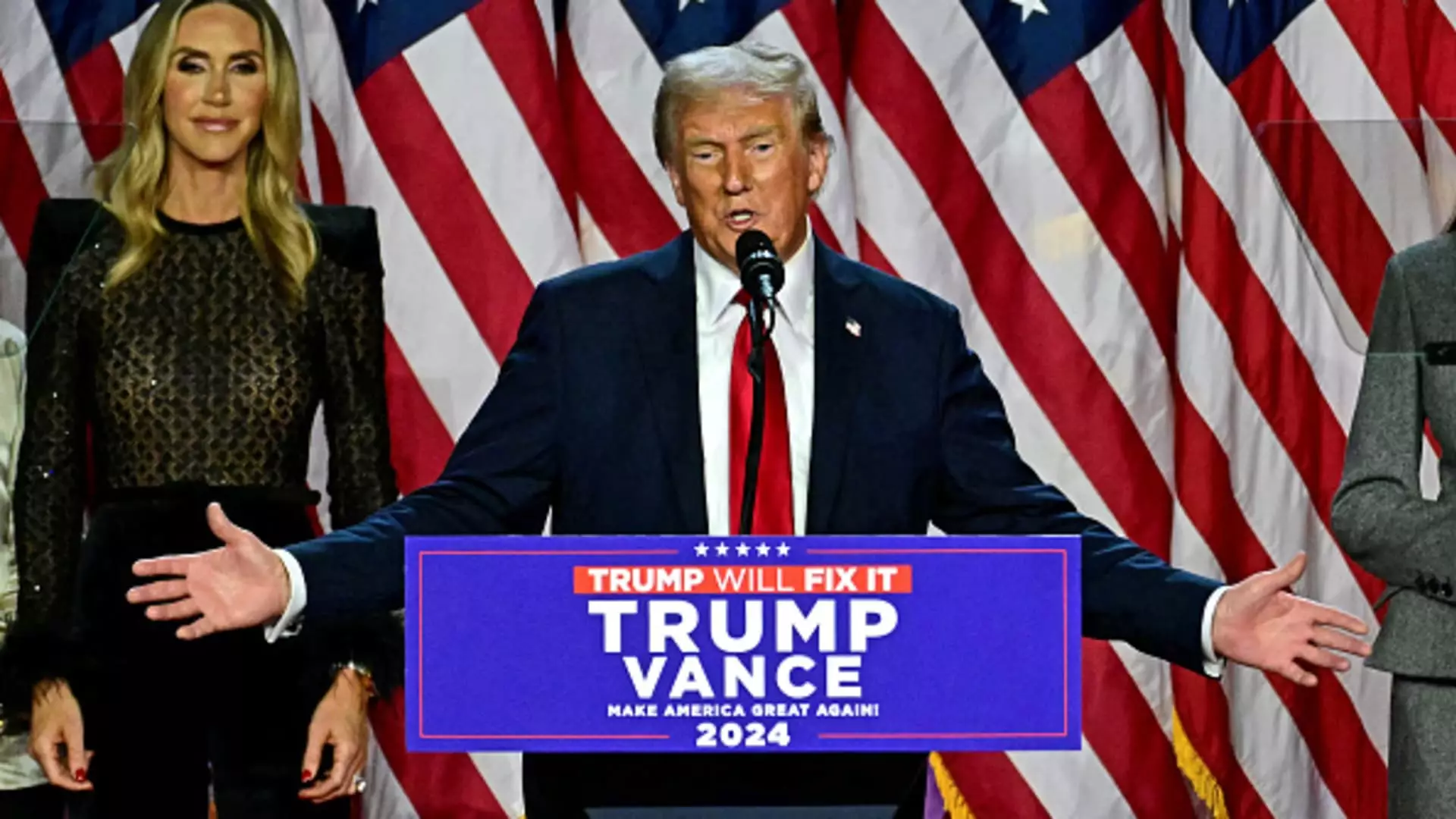The recent election of Donald Trump as President suggests a significant shift in the anticipated tax landscape, especially concerning capital gains taxes targeting high-income earners. As Trump steps into the presidential role alongside a Republican-controlled Congress, experts in tax policy are predicting a stalemate—or outright cessation—in plans to increase individual tax rates, particularly for investment earnings.
During her campaign, Vice President Kamala Harris advocated for increasing the long-term capital gains tax rate from 20% to 28% for individuals making over $1 million annually. Her proposal was notably different from President Joe Biden’s 2025 fiscal proposal, which envisioned even steeper capital gains rates peaking at 39.6% for the same high-earning bracket. These differing strategies indicate a division within the Democratic party regarding how to approach the taxation of wealth and investment income. However, with Trump’s victory and the Republican majority in Congress, Harris’s tax increase appears increasingly unlikely to materialize.
In 2024, investors remain subject to long-term capital gains rates that fluctuate between 0%, 15%, and 20%, contingent on their taxable income. This classification applies to assets held longer than one year. The calculations for taxable income hinge upon either standard or itemized deductions, thereby influencing the taxation rates in play. Higher earners also encounter an additional tax known as the Net Investment Income Tax (NIIT), which imposes a 3.8% charge once their modified adjusted gross income surpasses specific thresholds: $200,000 for single filers and $250,000 for married couples. This results in a maximum effective rate of 23.8% on investment earnings for top earners.
Erica York, a senior economist at the Tax Foundation, has indicated that substantive changes to capital gains tax structures are “entirely off the table” during Trump’s anticipated administration. Given the existing Republican dominance in both the Senate and the House, it is more probable that the current capital gains tax framework remains unchanged. Republican legislators may even consider abolishing the NIIT altogether; however, Howard Gleckman from the Urban-Brookings Tax Policy Center warns that such a move could exacerbate federal budget deficits, already projected to exceed $1.8 trillion in fiscal 2024.
In light of the Republican control over key government branches, it is essential for investors and high-income earners to understand that while the proposed increases in capital gains taxes appear to have diminished prospects, the overall economic landscape could still undergo significant changes. The interplay between taxation and government financial health will likely dominate discussions in the coming years, influencing both fiscal policy and growth strategies for American taxpayers. In any event, the current administration’s approach to taxation will demand close scrutiny as the reality of economic governance unfolds under their leadership.

Leave a Reply